Today posted my writing notes for Postsingular. 6 Megs, 300 pages. Enough to chew on for quite some time!
If you get stoked enough, preorder Postsingular from Amazon. Preorders help a book’s launch.
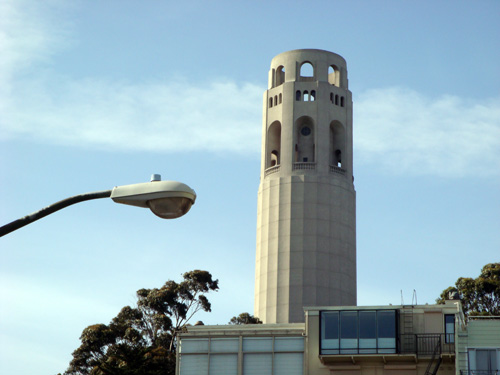
This was an odd kind of a book, not nearly so easy to write as Mathematicians in Love. I started writing Postsingular without knowing I was starting a novel, I just had the “Chu and the Nants” story. But that world drew me in. And I became compelled to write it.

I started my first notes towards the novel in July, 2005, finished the first draft in November, 2006, revised it up through February, 2007, and now that I’ve put the (slightly edited) writing notes online I’d say I’m about done.

And here’s my description of the book that I just wrote up for the Postsingular website.
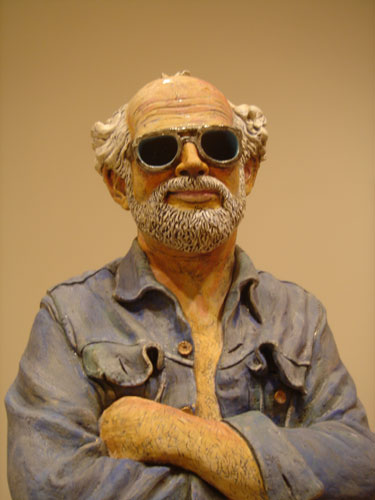
Postsingular and its sequels represent my return to the cyperpunk style of my classic Ware tetralogy. But this is 21st Century cyberpunk; I call it psipunk.
Postsingular takes on the question of what will happen after the Singularity—what will happen after computers become as smart as humans and nanotechnology takes on the power of magic?
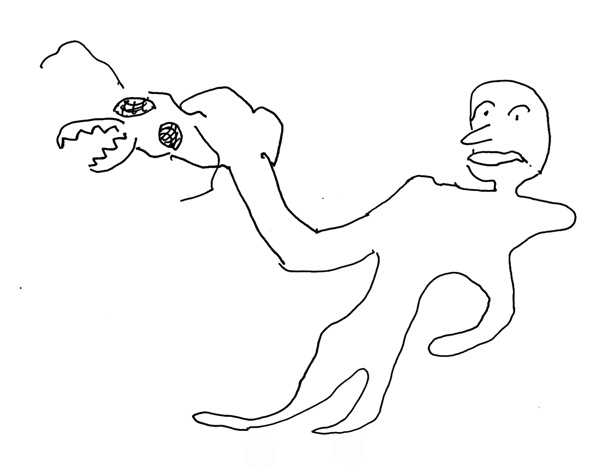
A mad scientist decides it might be a good idea to create a giant virtual reality simulation that is running a copy of Earth and of most of the people in it. Fine, but in order to create this simulation, the mad scientist plans to grind our planet into a zillion supercomputing nanomachines called nants.
Ultrageek Ond Lutter and his autistic son Chu find a way to block the nants—but then Ond can’t resist infesting Earth with a congenial breed of quantum-computing nanomachines called orphids.

The orphids coat the planet, one or two per square millimeter, and now everyone is on-line all the time, and everything is visible in the orphidnet. Artificial life forms emerge in the orphidnet, these are helpful agents called beezies, and they pyramid together into a superhuman planetary mind called the Big Pig. People can mentally access the Big Pig and feel like geniuses—with the catch that when they come down they can’t really remember what they saw. Those addicted to this new kind of high are called pigheads.
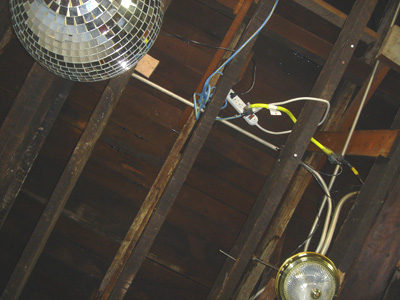
The lovers Jayjay and Thuy begin as pigheads, but Thuy manages to kick the habit to work on a vast orphidnet-based narrative called a metanovel. Jayjay continues his sessions with the Big Pig in hopes of learning more about science—and this puts a damper on their love affair. But the mad scientist is still machinating to bring back the nants and destroy Earth, and Thuy and Jayjay reunite to save the world.
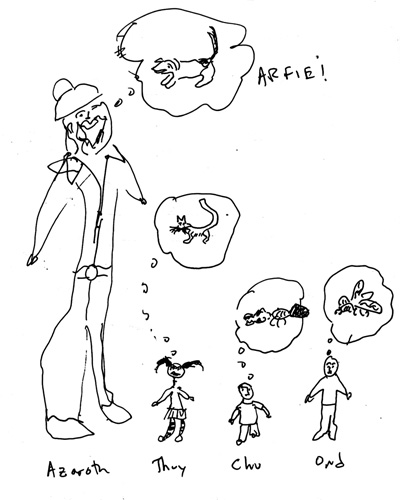
It helps that Jayjay has figured out how to do teleportation via the orphidnet. And that Thuy has made friends with a giant, ethereal man from a parallel world called the Hibrane. Jayjay helps Thuy teleport to the Hibrane for help. The Hibraners do have a fix for Earth’s problems, but it’s going to be a bigger change than anyone ever imagined. Earth is on the verge of a postdigital age, more postsingular than anyone ever imagined.

Nature will come alive.









May 8th, 2007 at 3:46 pm
I’m still hoping to snag a free one.
May 9th, 2007 at 8:21 pm
To rs: you can get it cheap on ebay when people start selling the Advance Reading Copies or ARC’s. But I’ll be bidding against you.
To Rudy: “and now everyone is online all the time”? I’ll love to read about it but I’d still like some sense of privacy. Having my waveform collasped every 30 minutes is not something I’d ever look forward to.
May 11th, 2007 at 5:02 am
Perplexing Poulty Philtre v.1.0 demo
The video demonstrates “Perplexing Poultry Philtre v1.0” programmed on Quarz on the Mac. PPP concept is invented by science-fiction writer Rudy Rucker (http://www.rudyrucker.com/blog/2007/04/07/amsterdam-van-gogh/) and is a popular public-domain filter in the future, that enhances reality to make it appearing like Escher tilings (http://www.mcescher.com/).
PPP v1.0 also puts in practise concepts developed by Finnish Computer Music Pioneer Erkki Kurenniemi (http://www.frif.com/new2004/fut.html). One of his ideas was “Personal Communicator” represented in 1985, special eye-ware that includes a powerful computer, local-area network, microphones & earplugs, and high-resolution cameras & eye-projectors, that allows real-time modification of reality.
The concept of reality modification appears also in a recent sci-fi published by Charles Stross “Accelerando” (http://www.accelerando.org/reviews/), where the future superhero Mandfred Macs extends his intelligence with computer-spectacles. The starting scene curiously takes place in Amsterdam – the same place, where Rudy Rucker gave his speech on “Psipunk” – the next step of telephatic communication right in the quantum level. Original realtime capture of the speech was made by Luc Sala/Mindlift and can be viewed on YouTube (http://www.youtube.com/watch?v=m_bYYpiQNg4).
PPP v1.0 generalizes a bit of the PPP concept to allow input from camera and files, and not focusing just on tiling patterns, since there are many other enhancements that yield aesthetic values, too. There are also many limitations one needs to take in account to realize PPP technology that will run on the nowaday’s computer platforms, and at the moment Pekanart PPP Technology is more suitable for video postproduction usage than for personal reality enhancement.
The music “
May 11th, 2007 at 5:10 am
ok .. less sign was not parsed by this blog .. try again ..
The music “less than seven” on the PPP v.1.0 demo was composed by 35Hz (http://37hz.net) and realized as a joint-project between 35hz and 45hz.
Pekka (45hz)
PPP v1.0 demo is found here: http://www.pekanart.com/videos/video.html
(it is non-streaming big file, so save it prior watching)
May 11th, 2007 at 9:46 am
Hi Pekka,
I looked at the video, it’s nice. I didn’t see any Penrose tiles, though. Looked more like you were running the cellular automaton Rug rule on a lot of it.
The video saved to my cache then ran fine in Quicktime. I would have liked to save to hard disk for later viewing, but a problem in saving a .MOV format video to local disk is that if Quicktime opens it, then you can’t save it unless you’ve paid for the PRO Quicktime upgrade! I think I’ll change my settings to open MOV files with Realplayer, maybe they don’t have this behavior…
But that’s all peripheral. I’m happy thay you’re working with the Perplexing Poultry notion of realtime video processing. Stunglasses anyone?
May 13th, 2007 at 6:19 pm
“…everyone is on-line all of the time….” – Communities and groups of people develop a collective self-awareness on orphidnet, like a hyperconnected RSS feed. Cool.